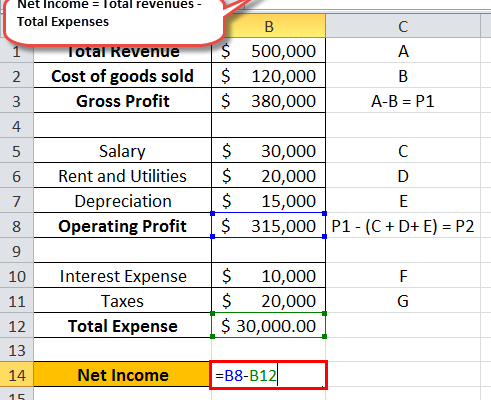How to calculate probability in statistics

Probability is a fundamental concept in statistics and mathematics, often used to predict the likelihood of an event occurring. Calculating probability is crucial for many sectors, such as finance, science, sports, and everyday decision-making. In this article, we will explore the basics of probability theory and learn how to calculate probabilities using different methods.
1. Understanding Probability
Probability is the measure of the likelihood that an event will occur. It ranges from 0 to 1, where 0 represents an impossible event and 1 signifies a certain event.
The formula for calculating probability is:
P(E) = Number of favorable outcomes / Total number of outcomes
Let’s go over some basic terms:
– Event (E): A specific outcome or a set of outcomes
– Favorable outcome: An outcome in which the event occurs
– Total number of outcomes: The total number of possible outcomes in an experiment or situation
2. Types of Probability
a) Experimental (Empirical) Probability
This type of probability relies on actual observations or experiments to determine the likelihood of an event happening:
P(E) = Number of times event E occurs / Number of total trials
b) Theoretical Probability
Theoretical probability assumes that all outcomes are equally likely and is based on logical analysis rather than experimental data:
P(E) = Number of favorable outcomes / Total number of possible outcomes
c) Subjective Probability
Subjective probability refers to a personal estimate based on experience and intuition. It is imprecise and varies from person to person.
3. Sample Space and Events
A sample space is a collection of all possible outcomes from an experiment. When calculating probabilities, it’s essential to identify the sample space (denoted as ‘S’) and determine which outcomes are favorable for the given event.
Example:
In a coin toss experiment, there are two possible outcomes: heads (H) and tails (T). The sample space is S = {H, T}.
If we consider the event E as getting a head, then P(E) = Number of favorable outcomes (1)/ Total number of outcomes (2) = 1/2 or 50%.
4. Calculating Probability Using Different Methods
a) Addition Rule – For mutually exclusive events:
P(A ∪ B) = P(A) + P(B)
b) Multiplication Rule – For independent events:
P(A ∩ B) = P(A) * P(B)
c) Conditional Probability – The probability of an event occurring given that another event has occurred:
P(A|B) = P(A ∩ B) / P(B)
Conclusion
Probability plays a vital role in understanding and predicting events in daily life, business, and research. By learning how to calculate probabilities, you can make informed decisions and improve your analytical skills. With practice, you’ll become adept at working with probabilities, elevating your capacity for problem-solving across various domains.






